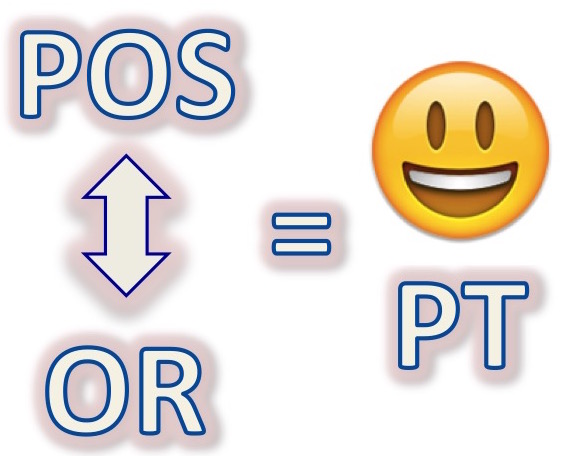 Volume 24 Number 3 Stony Brook, NY July 2015 Volume 24 Number 3 Stony Brook, NY July 2015
  
|
||||||||||||||||||||||||||||||||||||
 Antanique Brown, MD Rutgers Universtity |
 Joseph Caballero, MD University of Iowa |
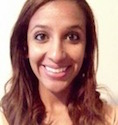 Tinsae Demissie, MD Georgetown University |
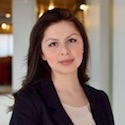 Diane Escobar, MD Brown University |
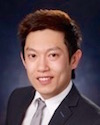 Chuan Fu, MD University of Texas |
 Michael Khalili, MD The Commonwealth Med. Col. |
 Justina Lekhraj, MD SUNY Downstate |
 Yuchen Liu, MD Stony Brook University |
 Sana Na Javeed, MD SUNY Downstate |
 Huong Nguyen, MD Texas A & M |
||
|
Tracie and Eric Saunders On May 18, 2015, our daughter Amanda Saunders graduated Magna Cum Laude with a Bachelor of Science degree in Business Marketing from Seton Hall University. Currently she is seeking employment in Marketing and/or Marketing Research. Eric, Jr. graduated from Longwood High School and will be attending Hofstra University in the fall, majoring in Biology or Math/Pre-Med. |
||
Jean Abbott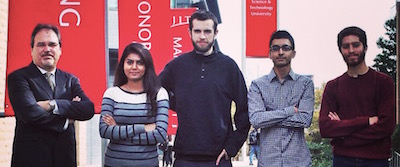 My son, Matthew Cooper (the tall guy in the middle), and his NJIT Team, the ‘Highland Hackers’ won first prize in the UAF Hackathon, sponsored by Microsoft. The annual competition, at Microsoft Headquarters in Redmond, WA, provides collegiate student teams the opportunity to create innovative business Applications (apps), to compete for scholarship prizes and to “show case” their concept to industry executives and potential investors. The NJIT Highland Hackers created an app to provide essential healthcare information and resources via cell phones to impoverished citizens in Central and South America. Each team member was awarded a $10,000 scholarship. Matthew used his award to complete his MS in Computer Science from NJIT, and plans to travel cross-country with his girlfriend this August, eventually settling in Portland, OR. I am already making plans to visit. My son, Matthew Cooper (the tall guy in the middle), and his NJIT Team, the ‘Highland Hackers’ won first prize in the UAF Hackathon, sponsored by Microsoft. The annual competition, at Microsoft Headquarters in Redmond, WA, provides collegiate student teams the opportunity to create innovative business Applications (apps), to compete for scholarship prizes and to “show case” their concept to industry executives and potential investors. The NJIT Highland Hackers created an app to provide essential healthcare information and resources via cell phones to impoverished citizens in Central and South America. Each team member was awarded a $10,000 scholarship. Matthew used his award to complete his MS in Computer Science from NJIT, and plans to travel cross-country with his girlfriend this August, eventually settling in Portland, OR. I am already making plans to visit. |
||
| Ursula and Ira Landman Matthew was inducted into the National Honor Society at Comsewogue High School and Sarah was inducted into the National Junior Honor Society at JFK Middle School. We are very proud of them. |
||
| Deborah and Paul Richman We wish to congratulate our kids on a successful school year: Congratulations to Ben on his graduation from the Jewish Academy Middle School and his community service award. Congratulations to Orli on her Academic and NYS Office of the Attorney General - CCC award. Good luck to Micha in his upcoming senior year, and congratulations on finishing in the top 7 in the United States in the International Bible Quiz. The photo shows our grad with proud Mom, brother Micha, and sister Orli. |
||
|
Lawrence Chu, MD, MS, is an Associate Professor of Anesthesia on the faculty of the Stanford University School of Medicine. Dr. Chu studies how information technologies can be used to improve medical education. He uses simulation and computer science at Stanford to study how cognitive aids can improve health care outcomes. He is the Executive Director of Stanford Medicine X - an award winning innovative laboratory designed to create solutions to health care IT issues. His clinical research focuses on the study opiate-induced hyperalgesia in patients suffering from chronic pain. At 7:00 am on July 8, Dr. Chu will present his Visiting Professor lecture "Innovations in Anesthesia Education". |
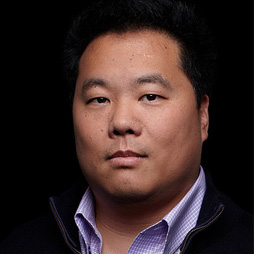 http://aim.stanford.edu/ |
|
Deborah Richman Pre-Operative Services screens many anxious pre-op patients daily. I recently met Mrs. N who presented for back surgery. She had been suffering for many years and was delaying the procedure due to a significant and recurrent history of protracted PONV. She was terrified and desperately wanted reassurance. I told her she was high risk, but asked her not to give up on us yet – maybe there was still something we could do for her. She didn’t believe me and left teary and trembling. We notified the division chief and OR team. I prescribed pre-op aprepitant for her. And in usual fashion forwarded the chart to the OR. The OR team took it from there... To my delight, I received the following note this week: “Well, first let me say the team of three (3) anesthesiologists came into pre-op to let me know that you contacted them. One even had an early morning text conversation the day of my surgery with you. I was so impressed I cried … The best news was that I had absolutely no nausea or vomiting in recovery or when I was brought to a room. I don’t know how to thank you!”I spoke with Mrs N, her back is much improved – and now she wants her knee done!! Thank you to my colleagues in the OR. PONV prophylaxis, TIVA and multimodal analgesia changed this lady’s outlook on life and anesthesia. |
|
|
Maria Lagade This month the Anesthesia Technology Interns 2014-2015 graduated from the Post-bac AT Clinical Internship Program sponsored by our Anesthesia Department with the School of Health Technology and Management.
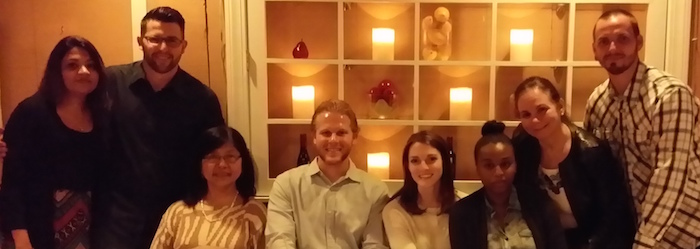 A new group of AT Interns will commence their internship training in September. If you are interested in participating in this excellent program, please submit a proposal for a seminar or workshop relevent to anesthesia technology. Thank you all for your contribution and support of the AT program at Stony Brook. A new group of AT Interns will commence their internship training in September. If you are interested in participating in this excellent program, please submit a proposal for a seminar or workshop relevent to anesthesia technology. Thank you all for your contribution and support of the AT program at Stony Brook. |
|
Linda Cimino
Our Residency Coordinator, Joan Claeson, has recently been certified by the National Board for Training Administrators of Graduate Medical Education as C-TAGME. There are two parts to the certification process. The first part is designed to assess knowledge of the residency training program and how it functions as well as the ability to find and access information relative to graduate medical education. The second part is designed to assess knowledge of the ACGME/AOA requirements for successful maintenance of a residency training program. This accomplishment recognizes Joan's excellence in the management of graduate medical education training programs. Congratulations, Joan!
|
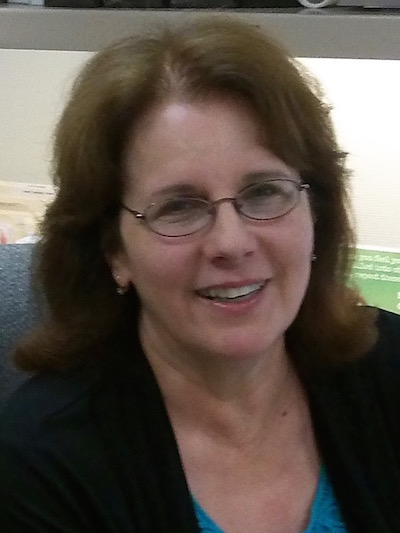 |
Saikat Chakraborty |
|
Ron Jasiewicz, D.O., M.B.A., F.A.A.P. was invited to present "Clinical Integration and the Perioperative Surgical Home" at the A.O.C.A. conference in Chicago this spring. More recently he was the physician program director and a presenter for the "Perioperative Acute Pain and the Kiddie Patient" continuing education program for Stony Brook University Nursing hosted by the Pediatric Anesthesiology Division. Ron is currently matriculated at the Kelley School of Business in an advanced graduate program in Business Analytics. Big Data has fostered Predictive and Prescriptive Analytics which strategically make organizations more competitive within their sectors of the economy, including health care. Go Hoosiers!
|
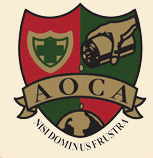 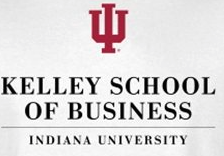 |
|
Jim Dilger Last month, I attended the 9th International Conference on Mechanisms of Anaesthesia in Bonn, Germany. The conference, MAC2015 for short, is held every 5-6 years in various venues: MAC2010 was in Toronto, Canada and MAC2005 was in Japan. There were about 150 participants (Anesthetic Mechanicians, I like to call them) who do research on anesthetics all the way from the molecular level to human beings (and lots in between). The meeting was organized by Sheldon Roth (Calgary), Keith Miller (Harvard), Bev Orser (Toronto) and Bernd Urban (Bonn). 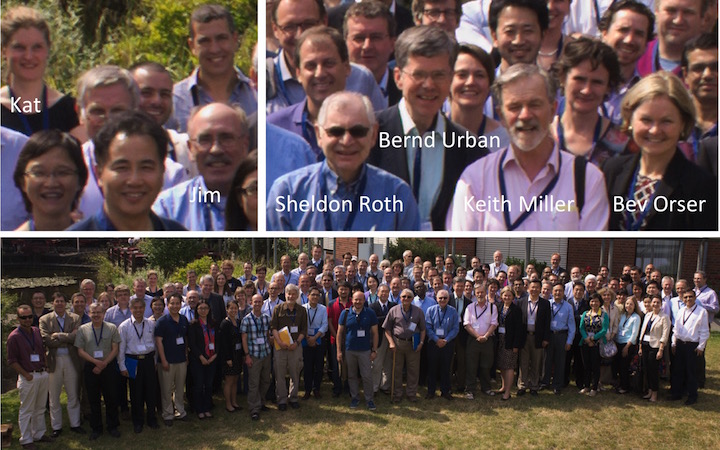 The meeting lasted 3 days and was filled with Symposia during the day and Workshops in the evening. Somehow, we managed to discuss posters that were displayed throughout the meeting. I had a poster about the effects of sevoflurane on the desensitization of glycine receptors (my co-authors on this were Noshin Khan and Gloria Zhang, two high school students who did the experiments over the summer). I was also a co-author on two posters about 5-HT3 receptors presented by Kathrin Groeneveld, the graduate student from Bonn who worked in my lab and is now writing up her PhD thesis. Now that crystal structures of proteins similar to the GABAA receptor are available, we are finding that anesthetics like to nestle in between protein subunits in the transmembrane region of the channel. In some cases, this conclusion is based on crystals containing both protein and anesthetic. But other techniques are also being used. The "in silico" (computational) approaches start with the protein structure, add the anesthetic molecule and crunch numbers to find the anesthetic's "happy place" (lowest energy state). Another method involves constructing a modified anesthetic molecule (like propofol) so that it will covalently bind to the protein when an ultraviolet light is flashed. The next step is to painstakingly pick apart the protein, amino acid by amino acid, and weigh each piece (mass spectrometry) to find out where the anesthetic stuck. This is not a new technique, but it has become more widely used because of new photolabile versions of drugs and the ability to produce large quantities of protein. At the end of the symposium on this topic, I had the feeling that although we now have a lot of binding sites for anesthetics, we don't know what they do when they bind (the strucutre-function relationship). Maybe that's a topic for MAC2020 (destination unknown). One speaker in the symposium “Memory formation during anesthesia: dark side of the moon” noted that the 2001 meeting focused on the immobilizing effect of anesthetics and the word “consciousness” appeared in just one speaker’s title. By contrast, about one third of the talks this year mentioned consciousness either directly or by implication. Researchers are looking extensively at sleep mechanisms and neural circuits. The ventrolateral preoptic nucleus (VLPO), the sleep-promoting nucleus, is also activated by anesthetics. Stimulation of the ventral tegmental area (VTA) wakes us from sleep and is activated during recovery from anesthesia. The parallels between sleep and anesthesia are not perfect, but there are many similarities. Discussion of the neurotoxic effects of anesthetics has also increased from past MAC meetings. It is still very controversial; I think it will remain that way for many years. For example, how should we compare anesthetic exposure times in humans with that of quickly developing rodents? One speaker wanted to consider this to be a settled issue as it was debated more than 10 years ago. I came away with the thought that all scientists must continually reexamine and question their assumptions. “The crystal structure of a channel that is not quite the GABAA receptor is a good model system.” “An anesthetic that is not quite propofol is a useful compound.” “Mammals that are not quite human beings will tell us about human consciousness.” We have to be ready to defend or abandon our assumptions! This is just a small sampling of the topics from this wide-ranging conference. I found nearly every talk to be stimulating. I now have a long list of must-read papers to help my thinking and teaching about anesthetics. |
|
SleepTalker, the Stony Brook Anesthesiology Newsletter is published by the Department of Anesthesiology, Stony Brook Medicine, Stony Brook, NY. Tong Joo Gan, M.D., Chairman. Editorial Board: James P. Dilger, Ph.D., Stephen A. Vitkun, M.D., M.B.A., Ph.D., Marisa Barone-Citrano. |


